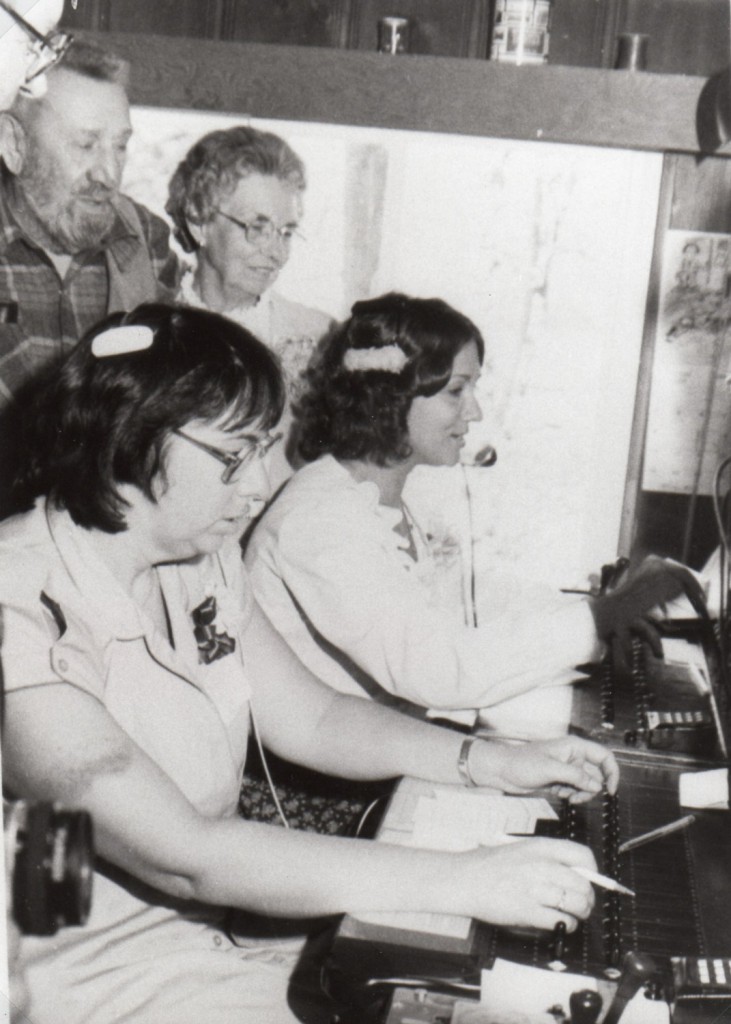It’s extremely important for business owners and leaders to recognize the importance of training and development of their employees and to take a proactive approach.
Every company has competition, whether local or global. Even if you don’t have competition because your product is so unique and new, you are probably competing with yourself and against time and money. You can only develop a product so long before you run out of both.
Training and development is more important than ever for your organization to stay competitive and survive. Training and development challenges employees to grow and improve. We all have untapped potential that is waiting to be unleashed, and this can be directed towards activities that will have a high impact on the performance of the organization.
Employees who do not receive training and development may become resistant to change and become stagnant. This can really have a negative impact on performance since technology is driving so many changes in work methods.
Being Proactive
Taking a proactive approach to employee training and development is best done by first setting goals for the organization and department. This will help you to determine where current skill levels of employees may be challenged towards achieving these goals and thus you can develop a training plan for the department an individual.
Hard and Soft Skills
When developing a training plan is important to look at the total person. We often breaks skills and to types, hard and soft. Hard skills are those that permit us to complete a task or activity, such as running a computer program operating machine, etc. A soft skill is a behavior that determines how an employee will approach a task and interact with others. This is often neglected when looking at training needs, but is extremely important for employee and team performance.
Teamwork
If you want to develop teamwork in your organization and department people must learn specific interpersonal skills so that discussions can take place on how to improve things towards goal achievement. Highly evolved teams can become autonomous in problem-solving, and continuously improving work processes on their own.
 One good example are the telephone companies here in Canada. Over the years, most of them have trained their employees on better customer service habits and on selling. I’ve noticed when calling the administrative department about a billing issue that the person handling my issue always try to upsell me to an additional service. This is obviously a behavior that was learned from a proactive organization.
One good example are the telephone companies here in Canada. Over the years, most of them have trained their employees on better customer service habits and on selling. I’ve noticed when calling the administrative department about a billing issue that the person handling my issue always try to upsell me to an additional service. This is obviously a behavior that was learned from a proactive organization.
We’ve all had the experience of going into a store or restaurant and were served by staff members. The other ones who create a better customer experience by how they treat you the customer. Of course hiring the right person with the right attitude and personality is fundamental, but training people on the operations and how you expect them to behave is equally as important.
Aging Workforce
 As the working population gets older is extremely important for organizations to continuously train and develop their employees in order for people to remain flexible, open positive and creative. This will allow the organization to meet its growth objectives and retain skilled talent.
As the working population gets older is extremely important for organizations to continuously train and develop their employees in order for people to remain flexible, open positive and creative. This will allow the organization to meet its growth objectives and retain skilled talent.
Initiative
One of the key benefits from the training and development of employees is increased self-confidence and self-esteem. When people feel they are better equipped to tackle new tasks and use more of their abilities, they feel more confident.
People with higher self-confidence and self-esteem take more risks, make more decisions and solve problems on their own. This leads to greater initiative and thus saves the manager time to focus on growth and improvement opportunities.
Stephen Goldberg
